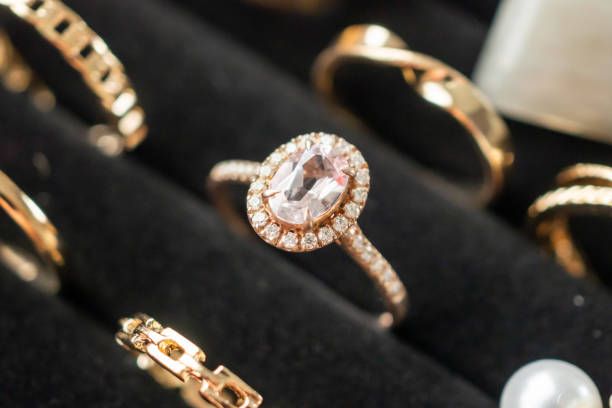Lab Grown Diamonds: Understanding the Science and Value of Modern Diamond Creation
The diamond industry has undergone a revolutionary transformation with the emergence of lab grown diamonds. These scientifically created gems possess the same physical, chemical, and optical properties as natural diamonds, while offering environmental and economic advantages that appeal to modern consumers. As technology advances, these manufactured diamonds continue to gain acceptance in both jewelry and industrial applications.

What Makes Lab Grown Diamonds Different from Natural Diamonds?
The key distinction between lab grown and natural diamonds lies in their origin rather than their composition. Both types are pure carbon crystals with identical molecular structures. However, lab grown diamonds typically have subtle growth patterns that gemologists can identify using specialized equipment. These differences are invisible to the naked eye and don’t affect the diamond’s quality or durability.
Environmental and Ethical Implications
Lab grown diamonds offer significant environmental benefits compared to traditional mining. They require less water, produce fewer carbon emissions, and don’t involve land disruption. Additionally, these diamonds are conflict-free, addressing concerns about unethical mining practices and the trade of conflict diamonds.
Quality and Certification Standards
Like natural diamonds, lab grown diamonds are graded using the 4Cs: cut, clarity, color, and carat weight. Reputable laboratories such as IGI and GCAL provide certification for lab grown diamonds, ensuring transparency and quality assurance for consumers.
Market Value and Pricing
Lab grown diamonds typically cost 40-50% less than natural diamonds of comparable quality. Here’s a comparison of average retail prices:
| Carat Size | Lab Grown Diamond | Natural Diamond | Average Savings |
|---|---|---|---|
| 1.0 ct | $2,000-$3,500 | $4,000-$7,000 | $2,000-$3,500 |
| 1.5 ct | $3,500-$5,000 | $8,000-$12,000 | $4,500-$7,000 |
| 2.0 ct | $5,000-$7,500 | $15,000-$20,000 | $10,000-$12,500 |
Prices, rates, or cost estimates mentioned in this article are based on the latest available information but may change over time. Independent research is advised before making financial decisions.
Future Prospects and Industry Impact
The lab grown diamond market continues to expand, with technological improvements driving down production costs while maintaining quality. Major jewelry retailers increasingly stock these alternatives, reflecting growing consumer acceptance and demand. As production techniques advance, lab grown diamonds are expected to capture an increasing share of both the jewelry and industrial diamond markets.
The evolution of lab grown diamonds represents a significant advancement in gemology and sustainable luxury. While they may not completely replace natural diamonds, they offer a compelling alternative for environmentally conscious consumers seeking high-quality diamonds at more accessible price points. Their identical physical properties, coupled with environmental benefits and lower costs, position them as an increasingly important segment of the diamond industry.





